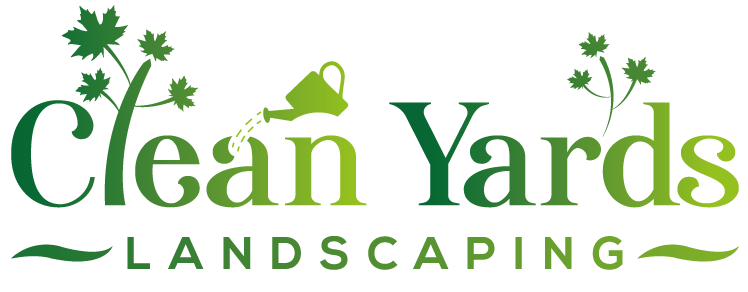Assess Kars Garden Health: Prevent Costly Winter Loss
- Why fall checks are crucial for Ottawa winters (freeze-thaw, snow load).
- Step-by-step inspection: perennials, shrubs, trees, lawn, soil.
- Key winterizing actions: mulching, protecting plants, lawn care.
- Eco-friendly prep tips: using leaves, saving water, helping wildlife.
- Quick win tasks for busy gardeners.
Ready to protect your garden investment? Request your free quote today!
Introduction: Don't Let Winter Win! Assessing Your Kars Garden Before the Snow Flies
Hello fellow Kars residents! Autumn along the Rideau is truly something special, isn't it? The changing leaves paint a beautiful picture. But as lovely as the colours are, we Ottawans know what's just around the corner – winter. And let's be honest, it doesn't exactly tiptoe in! It tends to arrive with gusto, bringing snow, ice, and freezing temperatures that can be tough on our yards.
Before those first persistent snowflakes start flying (and sticking!), now is the perfect time to give your garden and landscaping a crucial fall check-up. Think of it as a 'pre-hibernation physical' for your plants and hardscaping! Why bother, you ask? Well, ignoring potential weak spots in your garden beds, leaving perennials untrimmed, or forgetting vulnerable shrubs now can lead to sad, costly surprises when the spring thaw finally arrives. Winter damage is real, and replacing plants or fixing landscape issues can add up quickly.
A little proactive assessment right now – checking drainage, looking over trees and shrubs, tidying up those garden beds – prevents headaches and saves you money come spring. Whether you're right here in Kars, enjoying the village vibe, or just down the road in Manotick or Osgoode, let's not let winter win the battle for our backyards this year. Let's get our gardens buttoned up and ready! Need a hand with property clean up? We can help.
Why Your Garden Needs a Fall Check-Up: An Ottawa Perspective
The Freeze-Thaw Tango
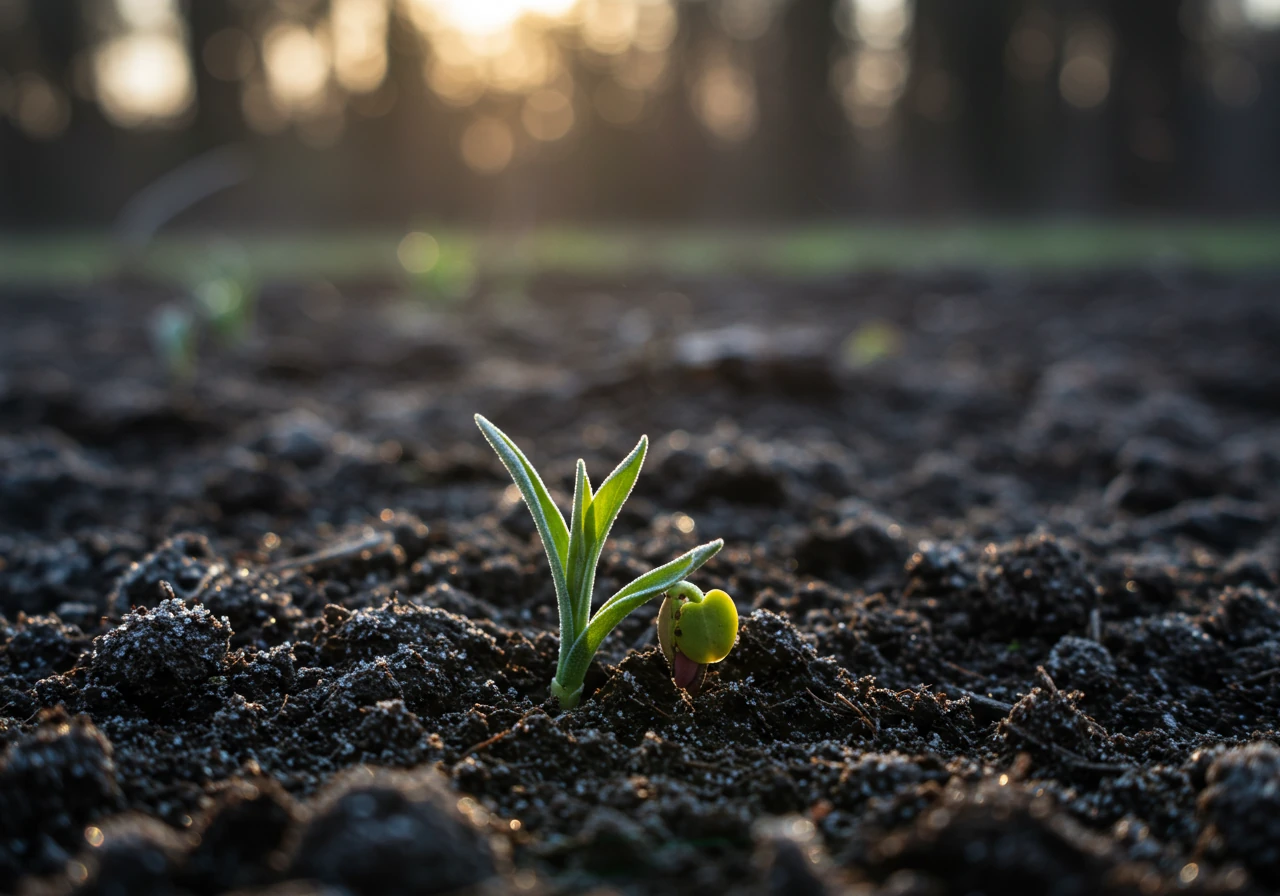
Remember those days where it melts just enough to get slushy, then freezes solid overnight? That repeated freezing and thawing can heave smaller plants right out of the ground, exposing their vulnerable roots. Ouch! It can also wreak havoc on pathways and retaining walls if water gets into cracks and freezes. Proper soil preparation can sometimes mitigate this.
Heavy Snow Hugs
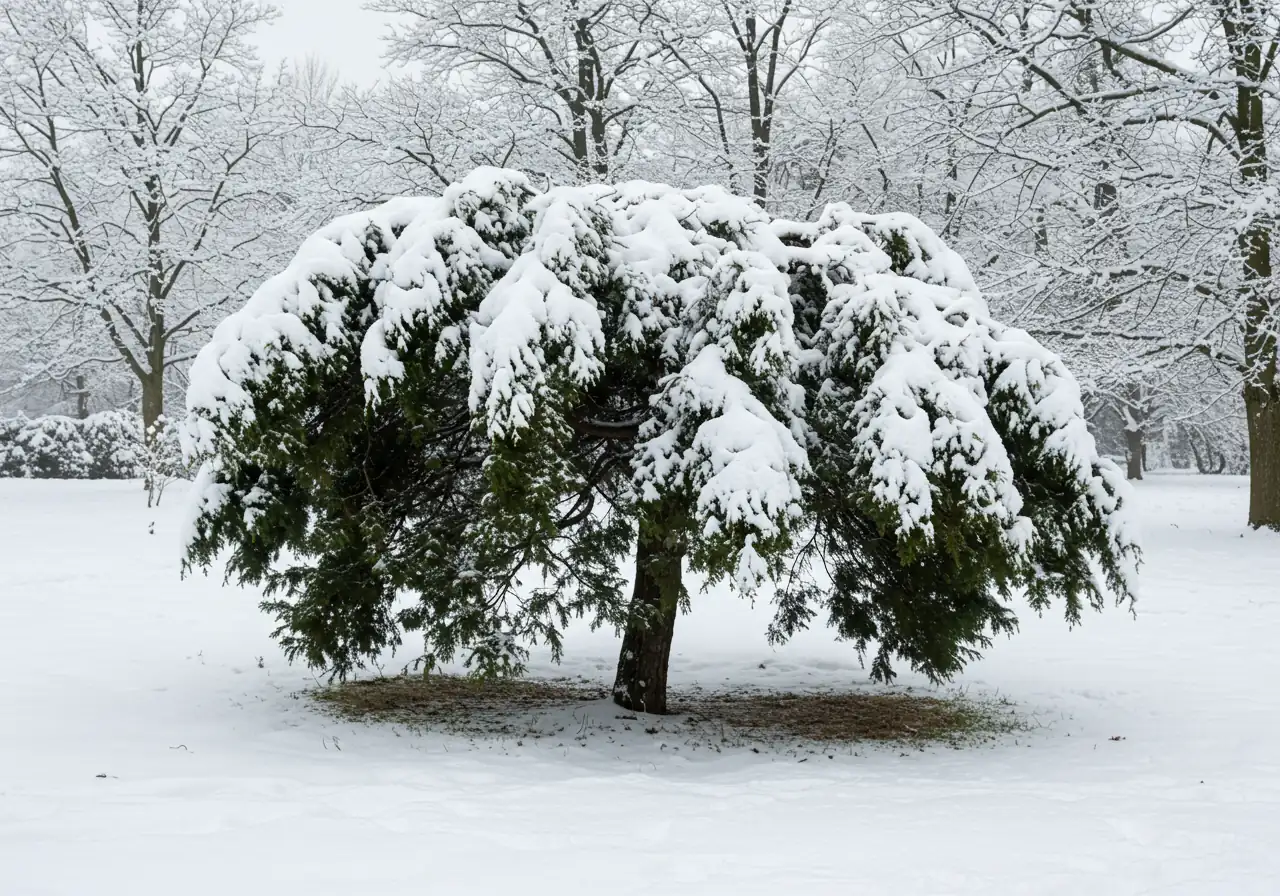
That beautiful blanket of snow looks lovely, but piled high on shrubs and tree branches? It can lead to serious snapping and breakage, especially on upright evergreens like cedars or junipers. We've all seen those sad, bent or broken shrubs come springtime in places like Barrhaven or Nepean. Protecting vulnerable plants *before* the snow flies is crucial.
Ice Capades (The Bad Kind)
Ice storms or layers of ice forming over garden beds can literally suffocate plants or damage bark. It also makes pathways treacherous, which is *no fun* for anyone trying to get the recycling bin out! Ensuring good drainage away from walkways is key. The City of Ottawa provides resources on winter waste collection safety.
The Cost of Ignoring Fall Prep
Ignoring these potential hazards now means facing them head-on (and wallet-first) in the spring. Think dying shrubs you need to replace, broken tree limbs needing costly removal, mushy perennials that didn't survive the winter wet and cold, and maybe even drainage problems causing mini-lakes where your lawn used to be. Addressing potential weaknesses *before* the deep freeze is key.
Potential Spring Replacement Costs (Illustrative)
*Costs are hypothetical examples in dollars per item/service.
Proactive checks prevent future headaches; you can even see how assessment helps looking ahead further by reading about a Metcalfe garden assessment designed to prevent summer loss – the principle of early detection applies year-round!
A good fall check-up involves looking closely at your *entire* landscape. Are your rose bushes or other tender perennials properly protected with mulch or burlap? Do any tree branches look weak, dead, or overhang your house or pathways? Are your eavestroughs and downspouts clear of leaves and debris to handle meltwater effectively and prevent ice dams? Making sure these things are sorted helps avoid the common problems discussed in this guide on Manotick garden health and avoiding spring issues. Performing a thorough Nepean fall plant check for winter prep covers many of these bases. You can find more tips and detailed steps in guides like these Kenmore fall garden prep winter secrets.
It’s all about giving your garden its best chance to survive and thrive through our tough winters. Don't have the time or unsure where to start with your fall cleanup and assessment? Many homeowners find professional help invaluable. You can explore various landscaping and cleanup services tailored to Ottawa's needs, or even look into a specific Nepean property cleanup service to get your yard shipshape before winter arrives. A little effort now saves a *lot* of hassle (and expense!) later!
Your Step-by-Step Kars Garden Health Inspection Guide
Alright, Kars neighbours, let's grab our gardening gloves (and maybe a magnifying glass, just kidding... mostly!) and take a closer look at what’s happening in our yards before winter settles in. Think of yourself as a garden detective – on the case to ensure a healthy spring comeback! Here’s your easy, step-by-step guide:
Step 1: Perennial Patrol – Checking the Flower Power
First stop: your garden beds, home to those lovely perennials that come back year after year (fingers crossed!).
- What to look for:
- Mushy or Yellowing Leaves: Are your Hostas looking a bit sad or spotted? Are the Daylily leaves floppy and brown? This could be normal end-of-season behaviour, but also check for signs of disease like powdery mildew (white coating) or fungal spots.
- Pest Hangouts: Gently inspect under leaves and around stems for lingering pests like aphids or slug damage (holey leaves!). They might be trying to overwinter. Pesky critters!
- Overcrowding: Are your Echinacea or Sedum clumps looking massive and maybe a bit sparse in the middle? Overcrowding can reduce airflow and vigour. Make a note for potential division next spring or fall.
- Dead Stuff: Look for completely dead stems and foliage.
- Actionable Tip: Trim back dead or diseased foliage on most perennials after a light frost. This tidies things up and removes places for pests and diseases to hide over winter. Good garden maintenance practices now pay off later!
Step 2: Shrub Scrutiny – Assessing the Backbone
Next up are your shrubs – the woody plants that give structure to your landscaping.
- What to look for:
- Dead or Broken Branches: Scan your hydrangeas, spireas, cedars, and other shrubs for any branches that are clearly dead (no leaves, brittle) or damaged from wind or pests. Heavy snow can worsen breakage.
- Weird Growth or Discolouration: Are leaves spotted, yellowing strangely, or covered in sticky stuff (honeydew from aphids) or scale insects (little bumps)? Are your evergreens, common in areas like Richmond, showing excessive browning?
- Shape and Size: Is the shrub overgrown and blocking a path? Are branches rubbing against each other or your house?
- Actionable Tip: Prune out dead or damaged wood now. For evergreens like cedars that can get squashed by snow, consider wrapping them gently with burlap or twine. Adding a protective layer of mulch around the base also helps. Thinking about professional mulching and edging can give your beds a clean look and protect plant roots.
Step 3: Tree Check-Up – Looking Up!
Don’t forget the big guys! Healthy trees are a huge asset.
- What to look for:
- The 3 D's: Dead, Diseased, or Damaged branches are the main culprits. Look for branches with no leaves, peeling bark, fungal growth (like conks), or cracks.
- Crossing/Rubbing Branches: Branches rubbing together can create wounds where disease can enter.
- Location Issues: Are large branches overhanging your roof, driveway, or power lines? Winter ice and wind can make these hazardous. Consult resources like Hydro Ottawa for power line safety.
- Actionable Tip: Small, reachable dead branches can often be pruned off. For large branches, anything near power lines, or if you suspect disease, always call a certified arborist. Don't risk injury! Significant tree debris might require a broader cleanup effort, similar to what a city property cleanup service might handle.
Step 4: Lawn Lookout – The Green Carpet Exam
How’s the grassy expanse looking? Your lawn needs some autumn TLC too.
- What to look for:
- Bare or Thin Patches: Are there areas where the grass is struggling? Could be foot traffic, poor soil, or pests.
- Weed Invasion: Dandelions, clover, crabgrass – these weeds love to take advantage of stressed lawns and will happily try to survive winter. They’re surprisingly dedicated!
- Suspicious Dead Patches: Are there irregular brown patches that lift up easily like a carpet? This is a classic sign of grub damage – the little critters munch on the roots.
- Fungal Issues: Look for signs like powdery coating (powdery mildew) or rusty orange powder on blades (rust).
- Actionable Tip: Give your lawn a final mow, perhaps a bit shorter than usual, to discourage snow mould. Rake up fallen leaves to prevent smothering. Fall is also a great time for aeration and overseeding if needed. Consistent lawn care throughout the season sets you up for success.
Step 5: Soil Sleuthing – Getting to the Root of It
Healthy plants start with healthy soil. Let’s investigate!
- What to look for:
- Compaction: Does the soil feel rock hard? Is it difficult to dig into? Water might run off instead of soaking in. This is common in high-traffic areas or where heavy clay soil exists, sometimes seen in newer developments around Ottawa.
- Poor Drainage: Do puddles linger in garden beds long after rain? Soggy soil can rot roots, especially over winter. Check resources from the Rideau Valley Conservation Authority on managing water runoff.
- Lack of Organic Matter: Does the soil look pale, dry, and lifeless? Healthy soil is usually dark and crumbly.
- Actionable Tip: Gently loosen compacted soil with a fork where possible (avoiding plant roots!). Adding compost or well-rotted manure improves structure and fertility. Applying a layer of mulch helps retain moisture, suppress weeds, and insulate the soil over winter.
Taking these steps now helps ensure your Kars garden – whether it’s a small village plot or a larger property out towards areas needing services like a Marionville yard cleanup service – is tucked in safely for the winter. If you spot major issues or feel overwhelmed, remember there are professional city yard cleanup service options available to help get your landscape ready for the snow. Happy inspecting!
Winterizing Your Kars Garden: Protecting Your Investment
Okay, Kars crew, you've played garden detective and finished your assessment – high five! Now it's time to roll up those sleeves (before you need full winter gear) and put those findings into action. Winterizing isn't just about tidying up; it's about actively protecting the plants and landscaping features you've invested time and money in. Think of it as tucking your garden in with a warm blanket and a thermos of hot cocoa... well, sort of.
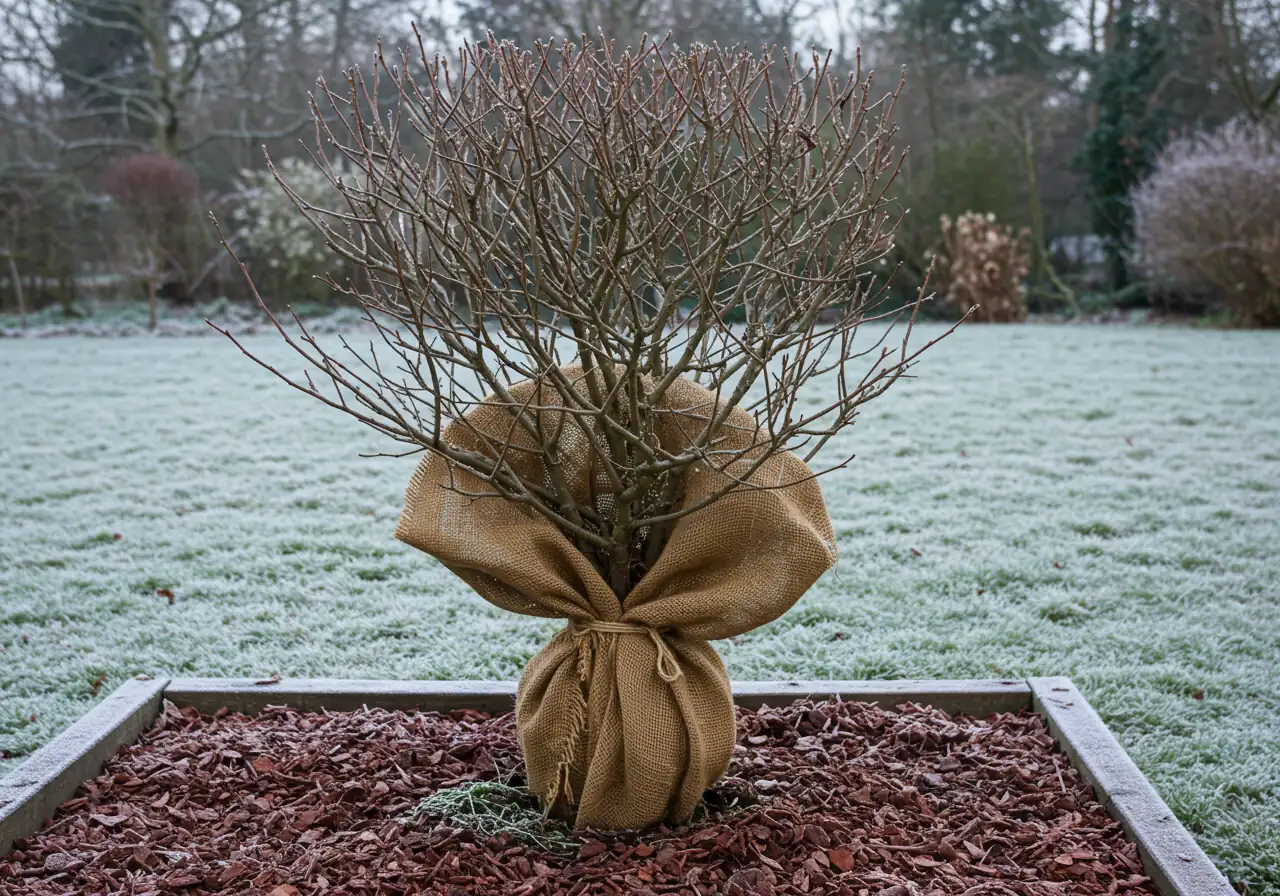
Here’s how to tackle the key winterization tasks:
1. Protect Your Plant Pals:
- Mulch is Magic: After the ground has cooled down but *before* it freezes solid (usually late October/early November here in the Ottawa area), apply a layer of mulch (like shredded bark, straw, or chopped leaves) around the base of your perennials, shrubs, and even young trees. Aim for 2-4 inches deep, but keep it slightly away from the stems or trunk to prevent rot and discourage critters from nesting too close. Mulch acts like a cozy blanket, insulating the roots from the freeze-thaw cycles that can heave plants right out of the ground – a common headache from Kars down to Osgoode. Consider our mulching services.
- Wrap 'Em Up: Tender roses or delicate shrubs (especially broadleaf evergreens like rhododendrons) might need extra help. Use burlap screens or wraps to protect them from harsh winter winds and sun scald. Upright evergreens like cedars or junipers, prone to bending or breaking under heavy snow, can be gently tied up with twine to help them maintain their shape. Don't tie too tightly, though!
- The Big Cutback (or Not): Most perennials benefit from being cut back to a few inches above the ground after a few hard frosts. This removes dead foliage where pests and diseases might overwinter. *However*, leave stems on plants with winter interest (like ornamental grasses or sedum 'Autumn Joy') or those that provide food and shelter for birds. Plus, some stems help trap snow for extra insulation. Effective city garden maintenance service often involves knowing what to cut and what to leave.
2. Lawn Love Before the Freeze:
- The Final Mow: Give your lawn one last cut, maybe slightly shorter than usual, but not scalped! This helps prevent snow mould diseases.
- Leaf Lockdown: Rake or mulch-mow fallen leaves. A thick layer of leaves left on the lawn over winter can smother the grass and promote disease. If you've got a mountain of leaves, especially on larger properties like some you might find out near Metcalfe, consider getting help. You can find options for handling this with a dedicated Metcalf property cleanup service or a more general city garden clean up service.
- Feed (If You Haven't): A late fall fertilizer application (using a formula designed for fall) helps roots develop over the winter, leading to a stronger start in spring.
3. Tool Time & Irrigation Shutdown:
- Clean & Store: Don't just chuck your shovels, rakes, and pruners in the shed! Clean off dirt and sap, maybe give metal parts a light oiling to prevent rust, and sharpen blades. Store them somewhere dry. Future you will thank you when you’re not wrestling with a rusty shovel next spring! You can learn more about our commitment to quality work and care on our About Us page.
- Drain Everything: This is crucial! Drain and store garden hoses. If you have an irrigation system, it *must* be professionally blown out to prevent water freezing and cracking pipes and sprinkler heads – a costly repair!
4. Hardscaping Health Check:
- Inspect Pathways & Patios: Look for cracks in concrete or pavers where water could seep in, freeze, and expand, making the damage worse.
- Clear Drainage: Ensure downspouts are clear and directing water away from your foundation and pathways. Check that drainage ditches or swales aren't blocked with leaves or debris. Proper water management is key to preventing ice patches and foundation issues. If public property areas adjacent to yours are contributing to drainage issues, you might inquire about a city property cleanup service.
Simple Fall Timeline:
Early Fall (Late Sept/Early Oct)
Assessment, general cleanup, divide perennials if needed, bring in houseplants.
Mid-Fall (Mid-Oct/Early Nov)
Rake leaves, final mow, cut back most perennials, plant bulbs, apply mulch *after* ground cools.
Late Fall (Mid-Nov onwards)
Wrap sensitive shrubs, drain hoses/irrigation, store tools, final check of drainage.
Winterizing might seem like a chore, but it truly protects your gardening efforts and prevents bigger problems down the road. If the task list feels daunting or you need a hand getting it all done before the snow flies for real, don't hesitate to reach out. Feel free to Contact Us to discuss how we can help get your Kars garden ready for its winter nap! Check out our excellent reviews on Google!
Eco-Friendly Winter Prep: Nurturing Nature Through the Cold
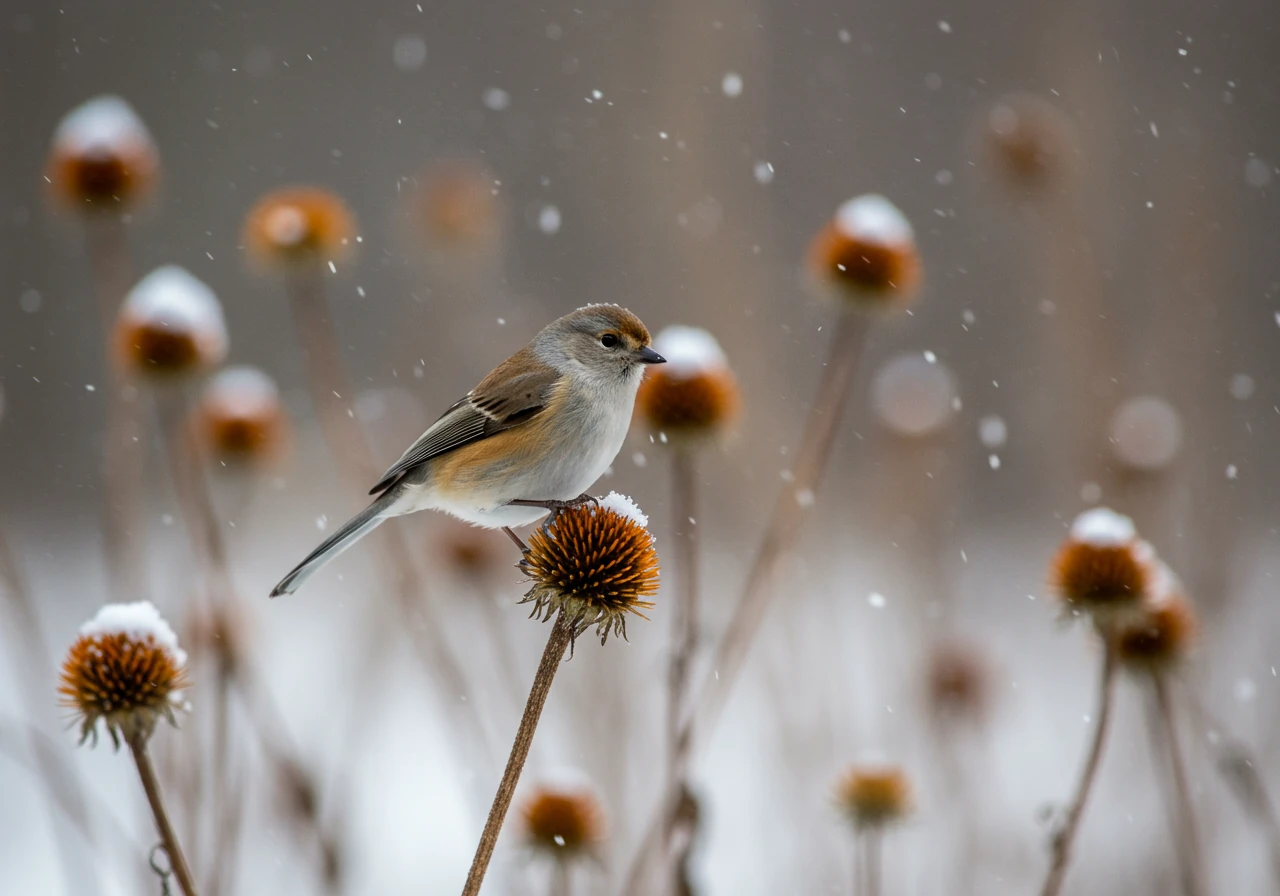
Getting your yard ready for an Ottawa winter doesn't have to be just about battening down the hatches. It's also a fantastic opportunity to give Mother Nature a helping hand, ensuring your little corner of the world stays healthy and supports local wildlife through the chilly months. Think of it as prepping with a purpose – being kind to the planet while you tidy up! Let's look at some simple, eco-friendly ways to prepare your garden:
1. Love Your Leaves (Don't Just Curse Them!)
Those falling leaves aren't garden garbage; they're gold! Instead of bagging them all up for the curb (which takes up landfill space), put them to work:
- Mulch Magic: Shredded leaves make excellent mulch for your garden beds. Run your mower over them a few times (if dry) or use a leaf shredder. Spread a layer around your plants (keeping it away from stems) to insulate soil, prevent weeds, and enrich the ground as they break down.
- Compost Power: Add leaves to your compost bin! They are a key "brown" material, balancing out green stuff like kitchen scraps. By spring, you'll have nutrient-rich compost to boost your garden – for free! Managing large volumes of leaves on bigger properties, perhaps like those needing a sustainable Marionville property cleanup service, often involves smart composting or large-scale mulching.
- Leaf Mould: Rake leaves into a pile in an out-of-the-way corner, maybe secured with chicken wire. Moisten them occasionally. In a year or two, they'll decompose into fantastic, crumbly leaf mould – a superb soil conditioner.
2. Water Wisdom
Even as things cool down, being water-wise matters:
- Disconnect & Drain: We mentioned draining hoses and irrigation systems earlier, but doing this prevents plastic hoses from cracking (creating waste) and expensive system repairs. Less waste, less expense – win-win!
- Rain Barrel Rest: Empty your rain barrels and turn them upside down or store them away so they don't crack in the freeze. Consider installing one next spring if you don't have one – they're great for conserving water during the growing season!
3. Wildlife Welcome Mat
Your garden can be a crucial winter haven:
- Leave the Seeds: Don't rush to cut back everything. Seed heads on plants like Coneflowers (Echinacea), Black-Eyed Susans (Rudbeckia), and ornamental grasses provide vital food for birds like finches and chickadees throughout the winter. Plus, they look pretty dusted with snow! Many gardeners in areas like Russell or Kenmore enjoy watching the birds visit these natural feeders.
- Offer Shelter: Leave some perennial stems standing to trap snow for insulation and provide shelter for beneficial insects. A small, tidy brush pile in a corner can offer refuge for critters escaping the cold. This type of thoughtful tidying is part of a truly sustainable Ottawa garden clean up service.
- Plan for Natives: Fall is a good time to think about incorporating more native plants next year. They are adapted to our climate and provide the best food and habitat for local wildlife. Exploring eco-friendly garden install choices now can help you plan a more supportive space for spring. For local native plant info, check out resources like the Master Gardeners of Ottawa-Carleton.
4. Ditch the Chemicals
Fall cleanup is a great time to minimize chemical use:
- Clean Tools Naturally: Use simple soap and water, or vinegar solutions, to clean tools rather than harsh chemical solvents.
- Embrace Imperfection: A few lingering weeds aren't the end of the world. Healthy soil and mulch will suppress many weeds naturally next spring. Rely on the ecosystem you've built! Even specific tasks within a natural Marionville garden clean up service focus on manual removal over chemical applications where possible.
Making these small, eco-conscious choices during your fall prep adds up. You're not just cleaning up; you're contributing to a healthier local environment, supporting biodiversity, and enriching your soil naturally. If you need assistance implementing these strategies on a larger scale, options like an eco-conscious Ottawa property cleanup service or a specialized eco-friendly city garden clean up service can help manage your yard sustainably. Go green with your winter prep – nature will thank you!
Kars Gardener Quick Wins: Key Fall Prep Tips
Hey Kars gardeners! Feeling short on time before the snow flies? No sweat! Here are a few high-impact fall prep tips you can tackle quickly to give your yard a fighting chance against our Ottawa winters. Think of these as your garden's express lane to winter readiness!
- Leaf Management Magic: Don't let leaves smother your lawn! Rake 'em, bag 'em, or better yet, mow over them a few times to create nutrient-rich mulch for your garden beds. Dealing with a mountain of leaves? An efficient Ottawa garden clean up service can make quick work of it.
- Perennial Trim Tidiness: After a frost, give most of your floppy perennials (like Hostas or Daylilies) a quick haircut down to a few inches. It looks neater and removes hiding spots for pests. This simple step contributes to amazing spring results, much like the work seen in these stunning yard transformations.
- Drain & Store Hoses: Seriously, don't forget this! Disconnect, drain completely, and store your hoses indoors. Frozen, burst hoses are *no fun* (and cost money to replace!).
- Protect Tender Treasures: Got roses or delicate shrubs? A simple wrap of burlap or a cozy pile of mulch around the base provides crucial insulation against those nasty freeze-thaw cycles common from here to Manotick. Targeted care is key, similar to how a specific Metcalf garden clean up service addresses distinct bed needs.
- Clear the Way: Quickly check that downspouts and drainage areas near your house are clear of leaves and debris to prevent water pooling and ice patches. This is a universal task, whether you're here or need a Metcalf yard cleanup service for broader property clearing.
Tackling even a couple of these quick wins makes a big difference. Your garden (and your future self) will send a big thank you come springtime!
Frequently Asked Questions (FAQs) for Ottawa Gardeners
Think Thanksgiving! Ideally, plant your spring-flowering bulbs around mid-October here in Ottawa, Kars, or nearby areas like Manotick. You want the soil cool enough that bulbs won't sprout, but warm enough for roots to establish before the real deep freeze hits. Aim for about 6 weeks before the ground freezes solid – usually mid-September to late October works great.
Fall is actually the best time for lawn TLC! For minor patchiness, overseeding combined with aeration works wonders. But if you're facing larger bare areas or significant weed invasion, considering professional sod installation for a fresh start might be faster and more effective for getting that lush green carpet back next spring. Give your lawn some autumn love!
Great question! You want something that insulates well. Shredded bark mulch is popular and looks tidy. Shredded leaves are fantastic and free if you have trees! Even straw works, especially for vegetable gardens. The goal is to keep soil temperature even. We can help you decide during our landscaping material selection process if you're looking for bulk supply or specific types for your Nepean or Greely garden.
While leaving some leaves provides winter habitat, a thick, wet mat can smother your lawn and promote snow mould. Raking or mulch-mowing most of them is best for lawn health. For large properties, tackling it can be overwhelming! Consider getting help from an experienced Ottawa yard cleanup service to handle the heavy lifting efficiently – save your back!
Getting an estimate is easy! We gather info about your needs and property, then provide a detailed quote. We really value your input, and you can learn more about our transparent estimate and feedback system. And yes, your privacy is crucial! We handle your personal information responsibly, as outlined in our detailed company privacy policy. Your trust matters to us! More details can be found in our terms and conditions as well.
Conclusion: Set Your Kars Garden Up for Spring Success!
So there you have it, fellow Kars garden enthusiasts! We've dug into why a fall garden assessment isn't just busy work – it's your secret weapon against the surprises Ottawa winters love to throw at us. Taking the time *now* to inspect your perennials, shrubs, trees, lawn, and soil helps you spot potential problems before they become costly spring headaches. It’s all about preventing winter damage, saving yourself future hassle, and ensuring your garden wakes up happy and healthy.
Think of this fall prep – the cleanup, the mulching, the pruning, the protecting – as tucking your garden in safely for its long winter nap. A little effort before the snow flies seriously pays off, leading to a more vibrant, resilient landscape come springtime. You’ll be thanking your past self when you’re enjoying blooms instead of dealing with damage! Whether you're right here in Kars, enjoying life in nearby Manotick or Greely, or tending your yard in Osgoode, Barrhaven, or Nepean, giving your garden this fall attention is key.
Feeling unsure about what your specific garden needs after its assessment? Let's chat! We can help you create a targeted winterization plan.
Ready to hand off the hard work of fall cleanup and winterization? Our team is ready to help get your property buttoned up, from leaf removal to protective wrapping.
Get your Kars garden ready for a fantastic spring! Visit us at CleanYards.ca or give us a call to schedule your consultation or fall cleanup service today. Let’s set your landscape up for success!
